
Registration

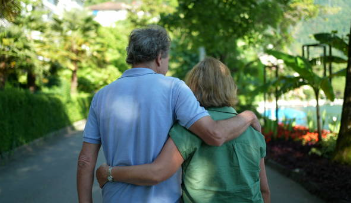
This study demonstrates that elderly people who regularly practice Nordic Walking exhibit gait patterns more similar to younger adults than to sedentary peers, suggesting its effectiveness in preserving gait quality during aging.
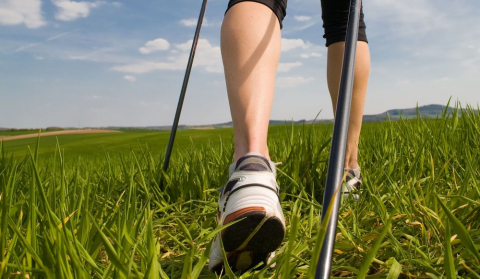
Nordic Walking is a full-body exercise that evolved from Finnish health initiatives and has grown into a globally popular, safe, and accessible physical activity suitable for people of all ages.
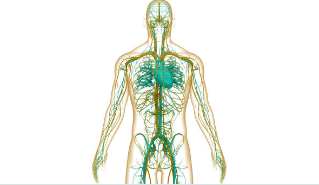
Nordic Walking is a safe, low-impact exercise offering significant physiological and psychosocial benefits for people with lymphoedema, making it an ideal component of holistic care programs.
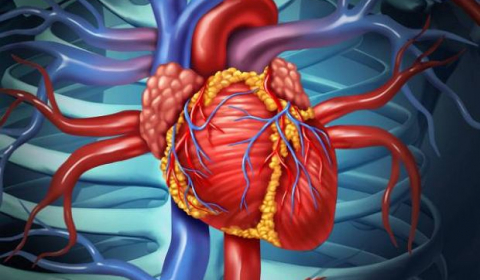
In patients with peripheral arterial disease, a 24-week traditional walking program was more effective than Nordic Walking in improving walking endurance, despite both being safe and structured forms of rehabilitation.
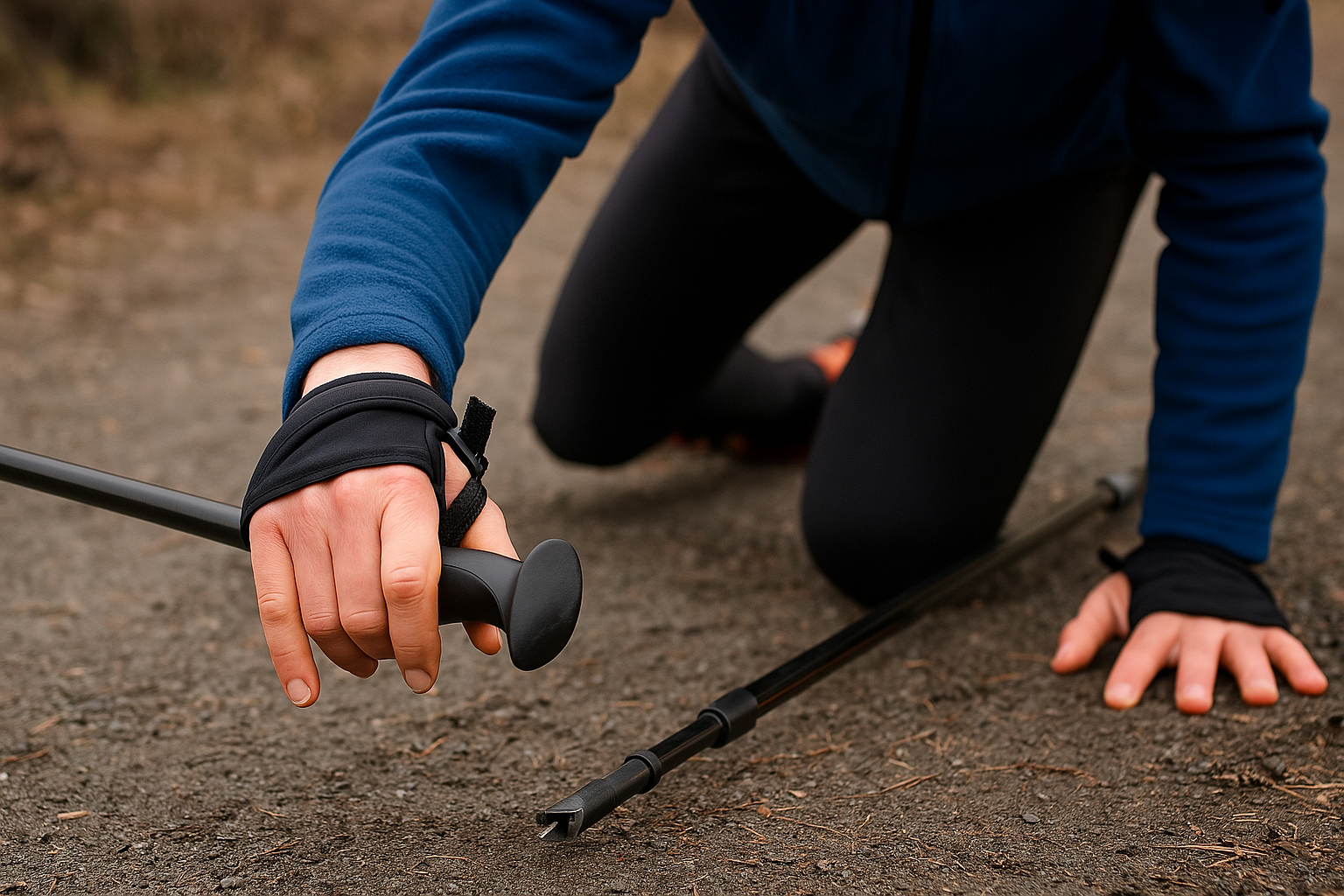
Nordic Walking is a generally safe sport, but this study identifies “Nordic Walking Thumb” as a specific and recurring injury caused by falls with improper pole handling.
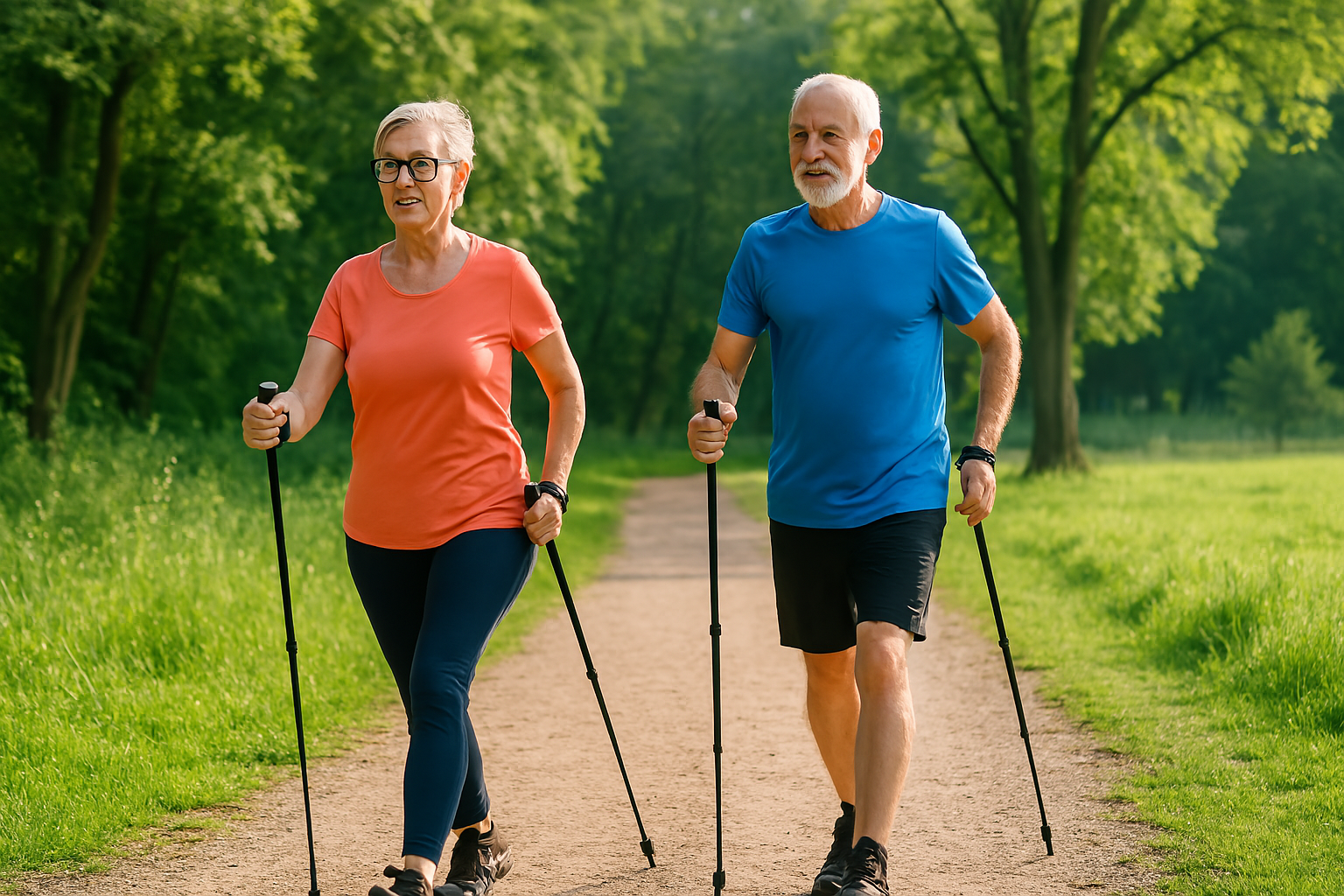
This study confirms that Nordic Walking increases metabolic demand by approximately 11% compared to regular walking, offering a more effective way to boost fitness and upper body strength without extending exercise time.
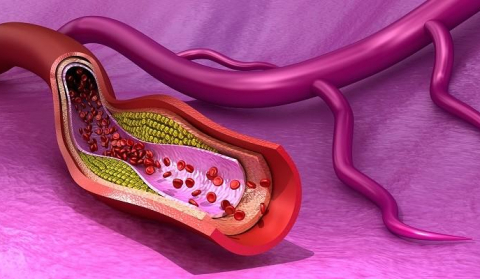
This case report describes a rare occurrence of Mondor’s disease in a man following intensive Nordic Walking training, highlighting the importance of considering new physical activities in the evaluation of superficial thrombophlebitis.

The PAM study investigates whether structured physical exercise, including Nordic walking, can improve cognitive function and brain health in breast cancer survivors who experienced cognitive decline after chemotherapy.

Nordic Walking offers significant physiological and psychological benefits in managing cancer-related fatigue, positioning it as an effective, low-effort therapeutic exercise for cancer patients and survivors.

This article proposes Nordic Walking as a safe, effective, and accessible physical activity to be formally prescribed for patients with lymphoedema after breast cancer, offering physiological, psychosocial, and practical benefits.
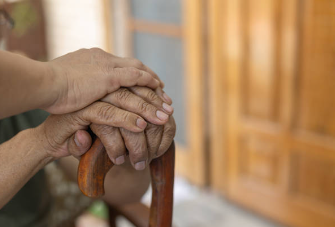
This clinical trial examined the effects of Nordic Walking vs. regular walking in sedentary older adults. Both interventions led to similar improvements in walking speed, balance, and quality of life over eight weeks.

This systematic review confirms that Nordic Walking is an effective and accessible form of exercise for overweight and obese individuals, promoting weight loss, improved body composition, and better metabolic health—especially when combined with dietary control.

Twelve weeks of Nordic Walking combined with vitamin D supplementation improved attention, executive functions, and processing speed in elderly women, while also reducing depressive symptoms.
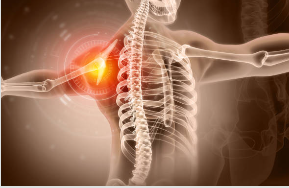
An 8-week Nordic Walking program significantly improved grip and shoulder strength in the nondominant arm of middle-aged women, showing greater benefits than brisk walking or no training.
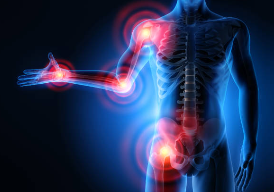
This systematic review found that Nordic Walking improves walking speed, stride length, muscle activation, and upper-limb strength, confirming its effectiveness as a biomechanically beneficial physical activity for both healthy and clinical populations.
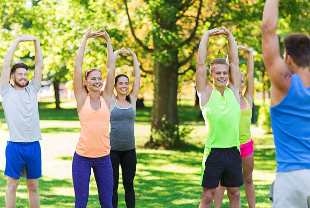
This study found that Nordic Walking increases lower limb muscle activity compared to regular walking, especially on flat terrain. Uphill walking had an even stronger effect on muscle engagement in both walking styles
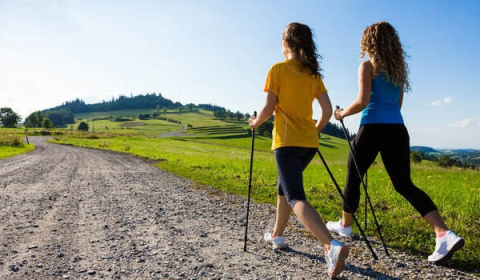
In conclusion, this study is the first to show that endurance exercise in the form of NW induced a decrease in myostatin and an increase in decorin, with these changes modulated by vitamin D status. This also suggests that older adults may experience more benefit from high-volume, low-intensity NW than high-intensity, low-volume HIIT.

This clinical trial shows that 24 weeks of Nordic Walking training significantly improved memory, processing speed, and visuospatial reasoning in patients with mild to moderate Alzheimer’s disease, highlighting NW as a safe and promising non-pharmacological therapy.

This pilot study found that Nordic Walking did not significantly affect spinal posture or back pain but improved upper and lower body strength and balance in older adults.

This comprehensive review analyzes how using poles in sports such as Nordic walking, trail running, and skiing affects biomechanics and physiology. Pole use reduces lower limb strain, increases upper body engagement, and boosts metabolic demand without raising perceived exertion.
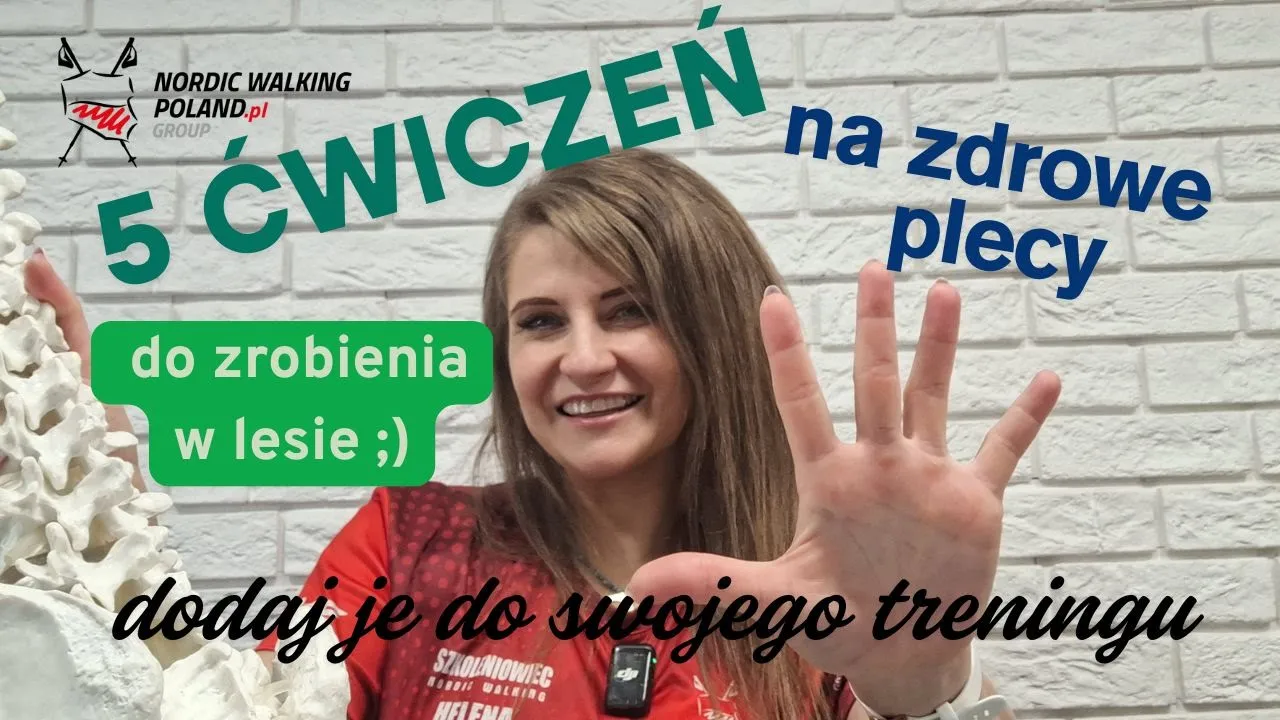
Do you have back pain? Add these 5 exercises to your workouts with sticks, and you will see what a salutary effect they will have on your spine :) In addition, there is a good chance that your “protruding tummy” will shrink a little ;) Please feel free to frequent and take advantage :)
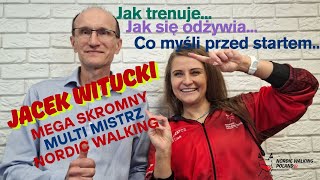
What’s the daily life of a top-level Nordic Walking athlete really like? In this honest interview, Jacek Witucki shares how he trains, what motivates him, and how he prepares for races. A must-watch for fans and aspiring competitors!
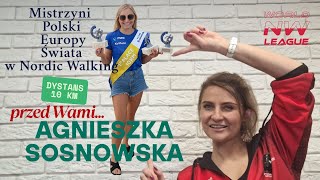
Meet Agnieszka Sosnowska, two‑time Polish Nordic Walking champion over 10 km! Discover her passion, drive, and disciplined preparation in this inspiring profile.

She hasn’t lost since 2018… Meet Agnieszka Mielecka, Nordic Walking champion, in an exclusive feature! Discover her passion, mindset, and unbeatable drive.
© 2024 onwf.org | Original Nordic Walking from Finland